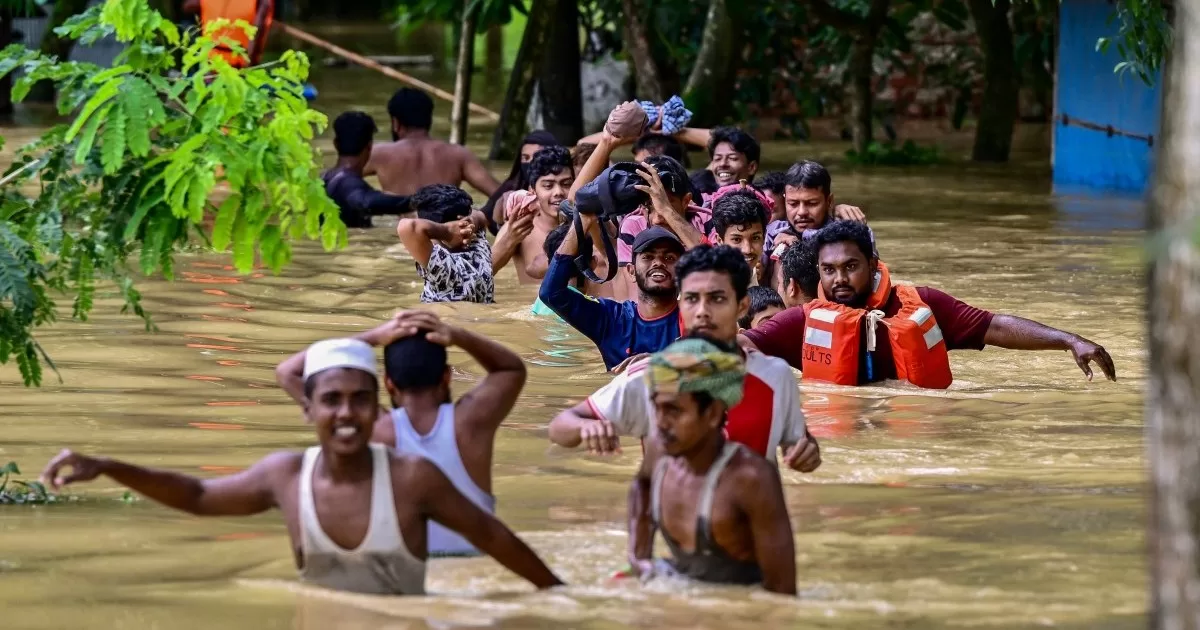River waters in low-lying Bangladesh are receding after days of deadly floods but 300,000 people are still in emergency shelters requiring aid, disaster officials said on Sunday.
The heavy floods, which killed at least 18 people in Bangladesh, have added to the challenges of a new government that took charge this month after mass student-led protests.
Rescue teams, including joint forces of the army, air force and navy, are helping people forced from their homes and bringing aid to those who have lost everything, Disaster Management Minister Faruk-e-Azam said.
“The flood situation is improving as the flood water started to recede,” he said.
More than 307,000 people are in shelters and more than 5.2 million have been affected by the floods, the ministry said.
“Now we are working to restore communication in the affected areas so that we can distribute relief food,” Azam said. “We are also taking steps so that contagious diseases don’t spread.”
People in Bangladesh have been crowdfunding relief efforts.
The floods add to the woes of a nation still reeling from weeks of political turmoil that culminated in the toppling of Sheikh Hasina, who fled to India by helicopter.
She was replaced by Nobel Peace Prize laureate Muhammad Yunus, who is heading an interim government that faces the monumental task of charting democratic reforms ahead of expected new elections.
Highways and rail lines were damaged between the capital Dhaka and the main port city of Chittagong, making access to badly flooded districts difficult and disrupting business activity.
Monsoon rains cause widespread destruction yearly but climate change is shifting weather patterns and increasing the number of extreme weather events.
The South Asian nation of 170 million people is among the countries most vulnerable to disasters and climate change, according to the Global Climate Risk Index.
Hard-hit areas include the southeastern regions around Chittagong and Cox’s Bazar, home to about a million Rohingya refugees from neighbouring Myanmar.
